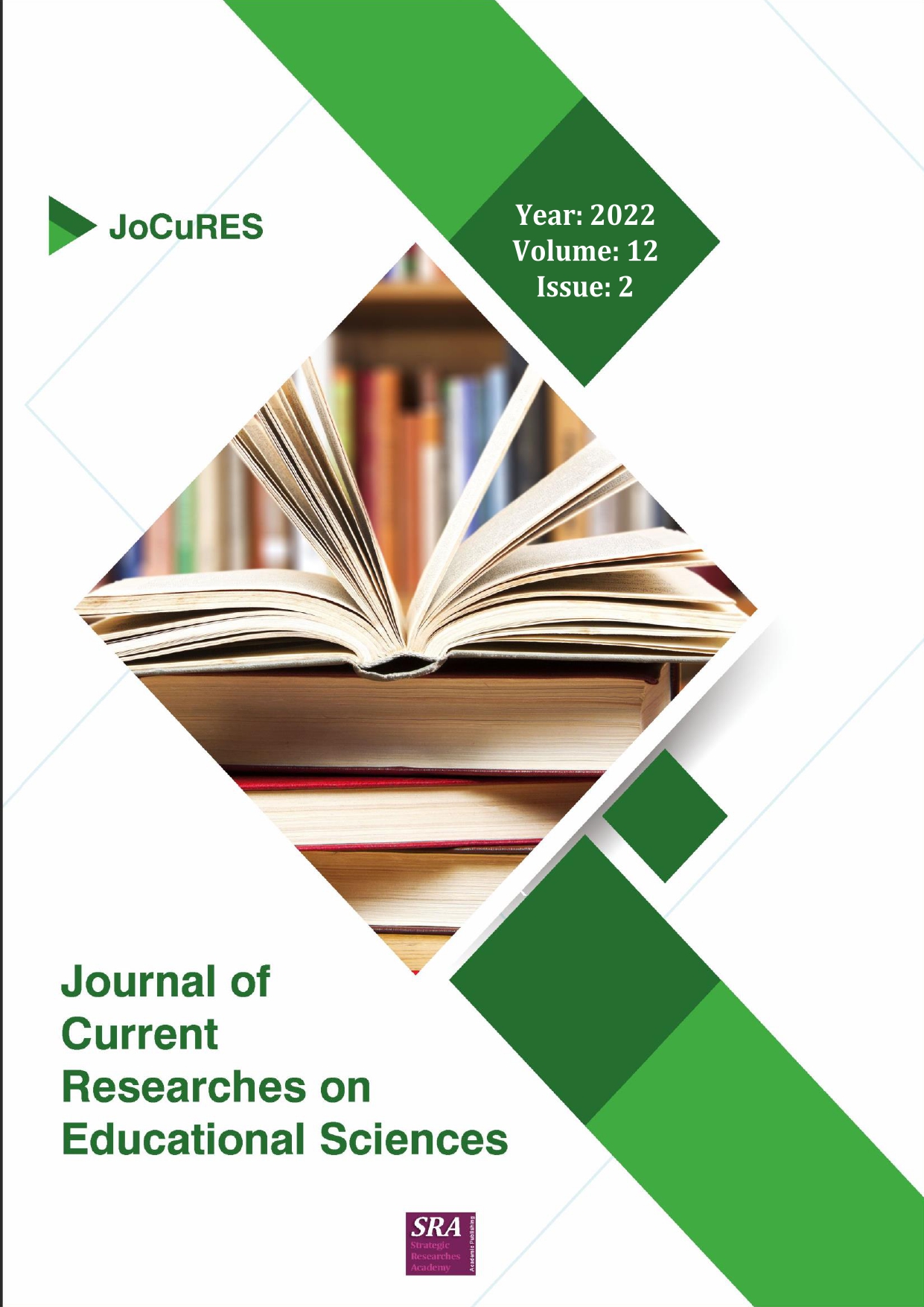Nasal carriage of Staphylococcus aureus among students of Nursing college / Kirkuk University, Iraq
Keywords:
Nursing students, nasal carriage, Staphylococcus aureusAbstract
Nasal carriage of Staphylococcus aureus (S.aureus) especially methicillin-resistant S.aureus (MRSA) among health care personnel poses a risk to the patient. To detect the prevalence of nasal colonization of “S.aureus” and its antibacterial susceptibility profile among nursing students attending Faculty of nursing at the Kirkuk University. Between January and February 2012, nasal swabs were collected from anterior nares of 150 students and inoculated on Mannitol salt agar, Tryptone soya broth and tube coagulase test were done for identification. Antibiotic susceptibility test was done on twenty antibiotics by Kirby–Bauer method. S. aureus isolates. The prevalence of nasal colonization of S. aureus was 25,33%, The study reported high average of “nasal S.aureus” among females than males (68.42%% & 31.57% respectively),the high average of these nasal isolates were demonstrated among 21 to 24years old (57.89%%) and the low average among 17 to 20 years old(42.1%%) and the rate of “nasal S.aureus” isolates were higher among (third and fourth stage) students 29.72% than (first and second stages) 23.68% and 18.42% respectively. Antibiotic susceptibility testing revealed shows various resistant ranges towards beta - lactams (Penicillin, Augmentin, Ampicillin, Amoxicillin, Oxacillin (10mg), Cloxacillin, Cephalothin, Cefoxitin, Cefexime, Cefotaxime) were 34 (89.4%), 34 (89.4%) , 32 (84.2%) , 30 (78.9%) , 1 ( 2.6%) , 27 ( 71%) , 24 (63.1%) , 9 (23.6%) , 38 (100%) and 38(100%) respectively. While 3 (7.8%), 2 (5.2%) , 5 (13.1%) , 3 (7.8%), 6 (15.7%), 27(71%) and 2 (5.2%) isolates showed resistance towards non beta-lactams (Trimethoprim, Chloramphenicol, Erythromycin, Tetracycline, Rifampicin, Lincomycin and Amikacin respectively. All nasal Staphylococcus aureus isolates were sensitive towards Gentamycin Ciprofloxacin and Vancomycin.


